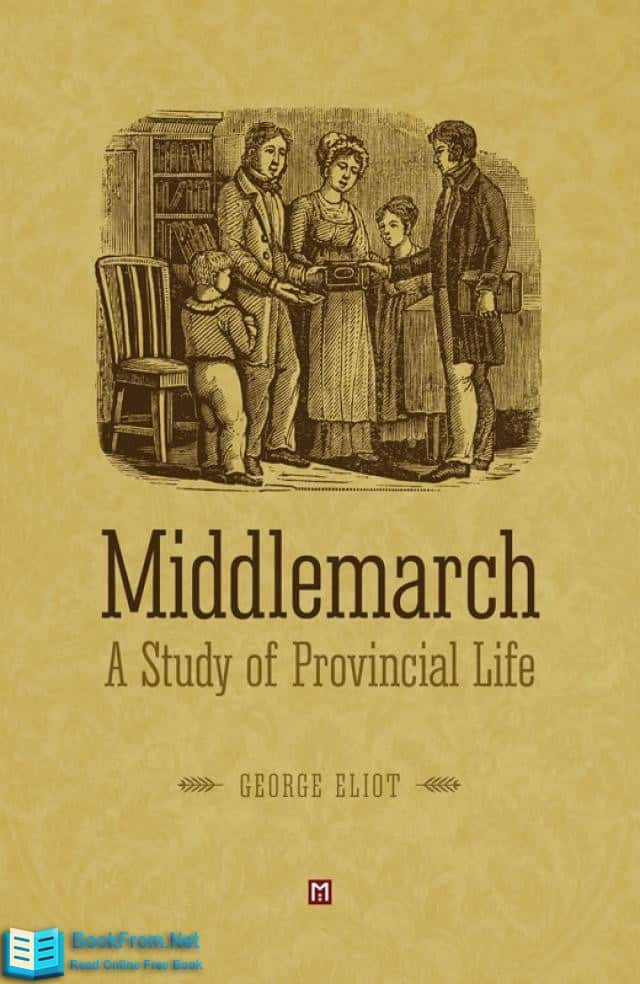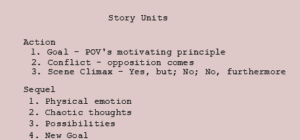Speed of a Novel. Middlemarch
I just finished Middlemarch, George Eliot’s masterpiece which I have avoided for fifty years. So, I’m glad to know it when it next comes up in conversation I’ll know something about it (although it may be in the afterlife).
Action and Sequel
The primary takeaway for me is the ratio of sequel to action (scene) was about ten times greater in those olden days (1871).
Action is clear. Things done.
Sequel is a term meant to imply all the reactions to the action: physical response, emotional response, various potential plans to counteract the action (if the action involves a conflict as it usually does), then implement the plan chosen (the next action).
When actions are few and sequels are many, the book reads slowly. Sensibly, but slowly.
When actions are many and sequels are scarce, the book reads quickly, but doesn’t make much sense beyond James Bond good, his enemy is evil.
Middlemarch had so many sequels to each action– this character, then that character, and this reason and that desire–that it’s conclusion was a blessed relief.
Style Items

I invested several weeks of sustained reading to Middlemarch. Please allow me to note certain stylistic items.
George Eliot(Mary Ann Evans) gave many humorous insights. Here are but two.
- When you get me a good man made out of arguments, I will get you a good dinner with reading you the cookery-book. (Kindle Location 2611-2612). I love this humorous comment about the futility of changing another’s mind.
- I don’t translate my own convenience into other people’s duties. (Kindle Locations 2699-2700). Very cute turn of phrase in a particular situation.
She used an omniscient narrator to comment directly on the thoughts, feelings, and motives of a number of characters. Here are a sample which caught my attention.
- Who can tell what just criticisms Murr the Cat may be passing on us beings of wider speculation? Kindle Location 564-565. I found Murr the Cat in Wikipedia, adding sense to the comment
- With such a mind, active as phosphorus, biting everything that came near into the form that suited it. Kindle Location 930-931. This allusion implies the mind categorizes amorphous external reality into forms that the mind has learned are useful. This fits well with my external reality to internal worldview conception.
- We mortals, men and women Location 959. Do tell — The omniscient narrator is a person.
- And here I must vindicate a claim to philosophical reflectiveness. Location 1018. The narrator speaks, in meta vein, about its own narration veracity
- I think he trusted a little also Location 2769. Interesting, the omniscient narrator is not sure. Caused a break in my immersion in the story world.
- An eminent philosopher among my friends. Location 4027. A very social omniscient narrator.
- Dorothea – but why always Dorothea? Location 4246. Narrator in meta-story mode
- the diligent narrator. Location 5167. The self-conscious omniscient narrator
Ease of Reading Story
Returning to the lesson of the relative proportions of actions to ruminations.
More action with shorter ruminations is the rule in commercial fiction these days, but I mustn’t forget that the scene sequels must be full enough to make the skein of actions sensibly linked.



